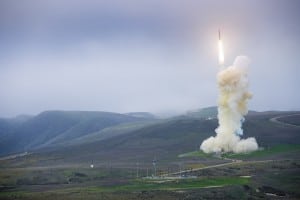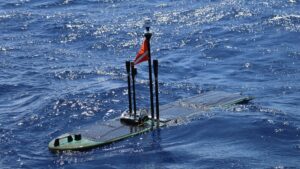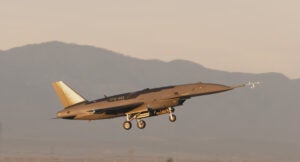
The Ground-based Midcourse Defense system manufactured by Boeing [BA] is the Pentagon’s foremost missile defense priority, the Vice Chairman of the Joint Chiefs of Staff said on May 19.Because of fiscal constraints, the military can no longer afford to make large investments in all weapon systems, including in the area of missile defense, said Navy Adm. James Winnefeld. It must strategically prioritize how it spends its money. "The operative word here is prioritize, which is something this town hates to do…













